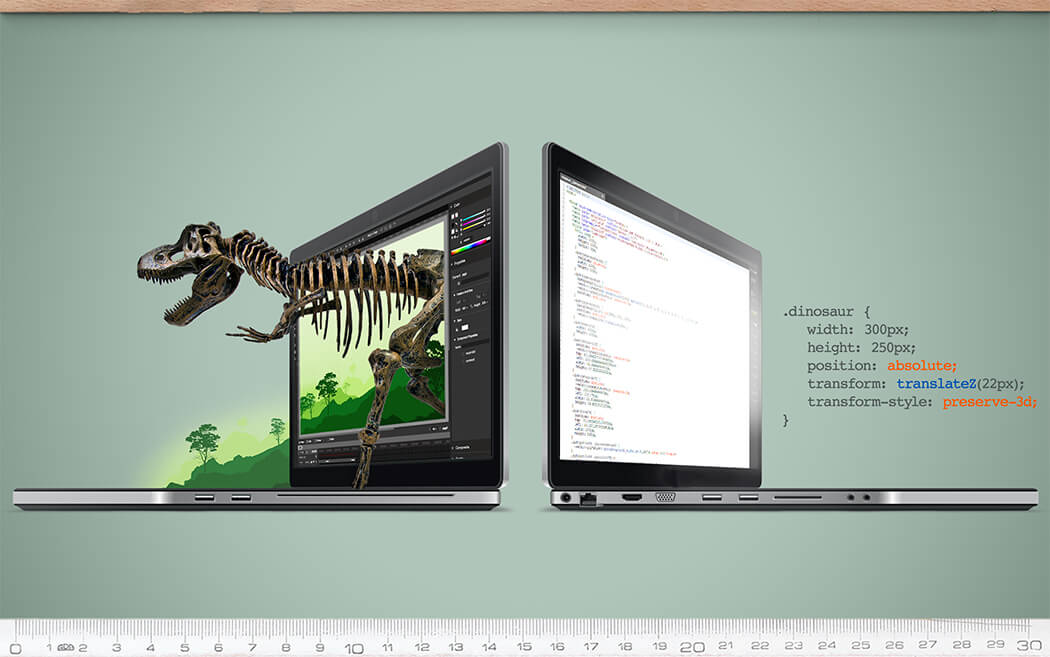Animation is enjoying VIP (very important part) status of the UI design experience across many different applications these days.
There are still other elements which are considered as the core of a great UX, like visual design and functionality. But animation is now a key pillar of any mobile, web or software app due to its ability to make mundane actions memorable.
One of the reasons for this growing trend of using animation to improve UX is the improved availability of tools that help enhance UI production workflow as well as performance in browsers and on devices.
In this post we will discuss why animation will be a big UI trend in the year 2015. Moreover, we will discuss some guiding principle and tools used for creating animations that will compliment your overall UI.
Why animation will be the big UI trend of 2015
Animation is an integral part of interactive designs, because of its role in communicating UI behavior to the users effectively.
Well-thought-out animation can help guide, offer context and create a delightful experience for the users. It provides a chance to surprise users, making applications more enjoyable and engaging.
You can tell stories with transitions and subtle motion-based animations. This skill is now a necessity for creating outstanding digital experiences.
However, too much animation or jarring transitions can disrupt the flow and distract from an otherwise good digital experience.
Some guiding principles of creating animations
Recently, Google’s Material Design has offered some very useful guidelines to understand the role of motion in an animation. For example, while describing authentic motion, Google Material Design states “Perceiving an object’s tangible form helps us understand how to manipulate it. Observing an object’s motion tells us whether it is light or heavy, flexible or rigid, small or large.” This is a great tip if you are designing menu systems or on-screen visual components.
An important aspect of creating a fantastic experience through animation is to make it as realistic as possible. A sudden change in velocity at the start or end of an animation may spoil the experience, because the object will be starting or stopping instantaneously, thus making it look unrealistic.
It is important to translate real world movement principles into the digital world. As Google’s Material Design suggests, “Don’t speed up when entering or slow down when exiting. Don’t distract the user with unnecessary changes in velocity.”
A few tools and tips
One can expect a lot of new tools in the year 2015, however, it is recommended to stick with the basics when it comes to animation. Google’s Web Designer is a powerful tool to create outstanding animations that will compliment your UI. It is specifically built to create interactive HTML5-based designs and motion graphics that can run on any device.
Another useful tool is Framer, which is also used in building interactive animations to help improve the overall UI. It produces vibrant animations that help us foresee how the UI will look when completed.
Adobe Edge another proud product of Adobe, helps web designers create interactive HTML5 animations for web and digital publishing.
It is important to understand that people can easily differentiate between fake mechanical looking movement from something that mimics real world behavior. So, consider things like inertia, speed, bounce and velocity while creating your animations.
Wrap Up
The key to create an awesome animation is to translate real world movements into the digital world and make animation really work for your UI. Animation can help you create a memorable user interface that your users will love.
 Web Applications
Build web apps using cutting-edge technology
Web Applications
Build web apps using cutting-edge technology
 Business Intelligence Apps
Empower your business with fast & actionable BI Apps
Business Intelligence Apps
Empower your business with fast & actionable BI Apps
 Mobile Applications
Build cross-platform apps for iOS and Android devices
Mobile Applications
Build cross-platform apps for iOS and Android devices
 Internet of Things Apps
Streamline your operations with cloud-based IoT apps
Internet of Things Apps
Streamline your operations with cloud-based IoT apps
 AI Products
Unlock the power of AI & ML with our expertise
AI Products
Unlock the power of AI & ML with our expertise
 Minimum Viable Product (MVP)
Mitigate risks & accelerate your project development
Minimum Viable Product (MVP)
Mitigate risks & accelerate your project development
 Enterprise Software
Build custom enterprise solutions for your business
Enterprise Software
Build custom enterprise solutions for your business
 Software as a Service (SaaS)
Scale your business with ease and cost-efficiency
Software as a Service (SaaS)
Scale your business with ease and cost-efficiency




